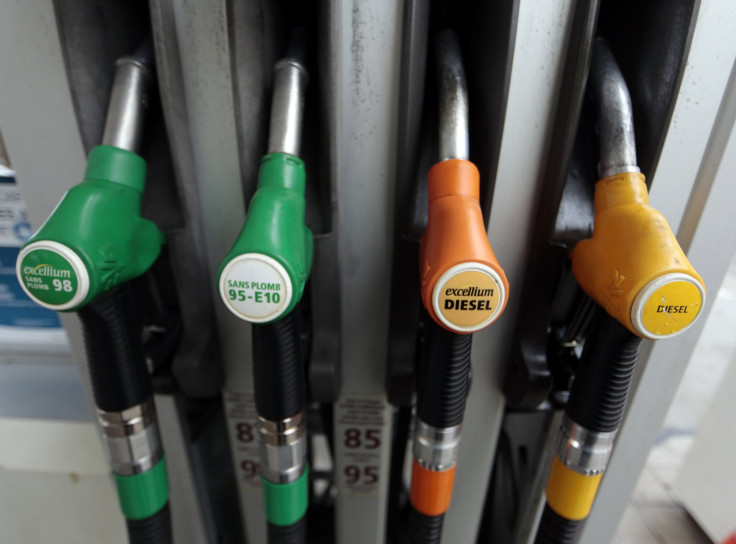Producer Price Index November 2014: Cheaper Gas Prices Keep Inflation Low

The U.S. Department of Labor released a key inflation gauge Friday, which revealed that producer prices were flat last month, giving some Federal Reserve officials room to pause as they debate whether to hike interest rates next year. The Federal Open Market Committee (FOMC) is scheduled to meet next week for its two-day policy meeting on Dec. 16 an Dec. 17 to discuss the possible timing of when the central bank will increase rates, which most economists anticipate will happen in the middle of 2015.
The Producer Price Index (PPI), which measures U.S. wholesale prices, declined 0.2 percent in November after rising 0.2 in October, the U.S. Bureau of Labor Statistics said Friday. Economists had expected producer prices to decline 0.1 percent last month, according to analysts polled by Reuters.
Separate data last month showed the price index for personal consumption expenditures, the central bank’s preferred measure for inflation, rose 0.1 percent in October from September and increased 1.4 percent from a year earlier, the Commerce Department said Nov. 26. However, the report signaled that inflation remained below the Fed’s 2 percent target for the 30th consecutive month.
Although the weaker-than-expected U.S. producer price figures for November follow the stronger-than-expected data in October, some experts think the data don’t materially alter the inflation outlook. According to a Friday research note by Paul Dales, senior economist at Capital Economics: “Lower oil prices will drag down headline PPI inflation in the coming months, but we still think that the stronger labor market will mean that core PPI inflation will have risen above 2% in the second half of next year.”
Core producer prices, which exclude volatile food and energy components of PPI, is also one of the key gauges the Federal Reserve watches for U.S. inflation. Core PPI edged down 0.1 percent, missing Wall Street estimates. Analysts had forecast the gauge to edge up 0.1 percent last month from a 0.4 percent gain in October.
The latest decline in gasoline prices is expected to weigh on overall producer prices in December and probably January, too, Dales said, which should further reduce headline PPI inflation, from 1.4 percent in November. “Core PPI inflation, which was 1.8 percent last month, will remain higher and will then rise more significantly as the tighter labor market boosts wage growth. That will eventually feed through into higher core consumer price inflation,” Dales said.
Data last month revealed that producer prices in the U.S. unexpectedly rose in October, but the surprise jump could be tied to an unusual quirk -- lower gasoline prices. On Thursday, U.S. crude oil prices fell below $60 a barrel, an important psychological level, for the first time since July 2009. The average cost of gas in the U.S. is currently $2.607 per gallon, according to Gasbuddy.com.
The PPI data comes ahead of next week’s Consumer Price Index (CPI), which the Fed watches to assess price changes associated with the cost of living. Economists expect consumer prices to fall 0.1 percent in November -- CPI was unchanged in October after rising 0.1 percent in September.
© Copyright IBTimes 2024. All rights reserved.






















